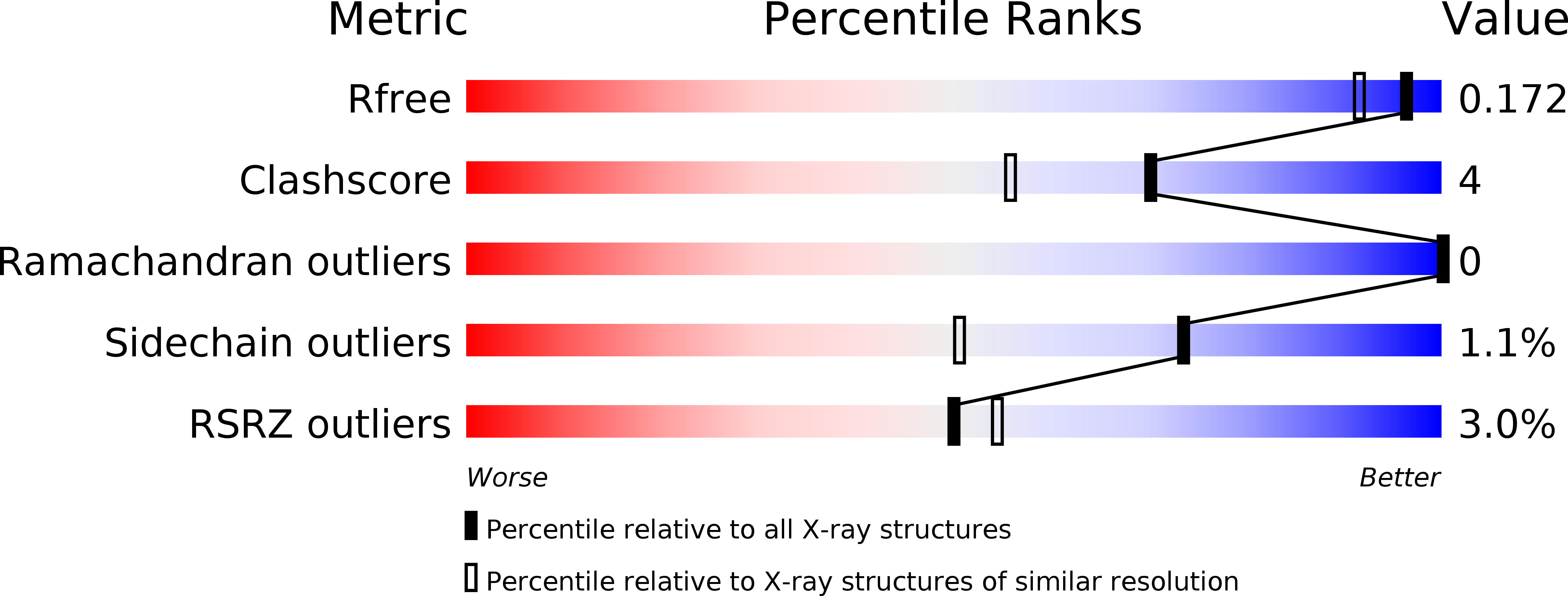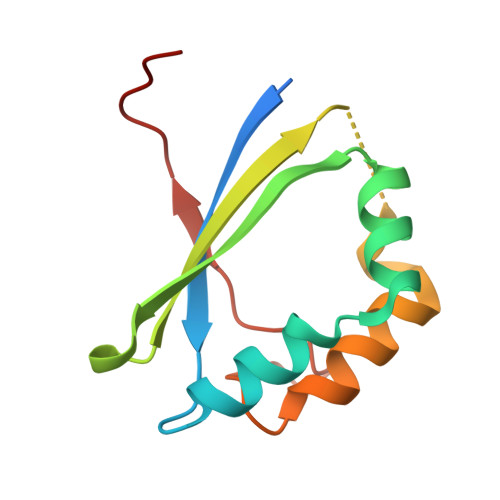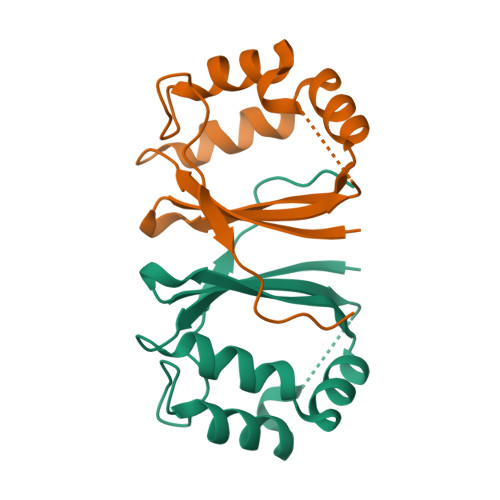A marine bacterial enzymatic cascade degrades the algal polysaccharide ulvan.
Reisky, L., Prechoux, A., Zuhlke, M.K., Baumgen, M., Robb, C.S., Gerlach, N., Roret, T., Stanetty, C., Larocque, R., Michel, G., Song, T., Markert, S., Unfried, F., Mihovilovic, M.D., Trautwein-Schult, A., Becher, D., Schweder, T., Bornscheuer, U.T., Hehemann, J.H.(2019) Nat Chem Biol 15: 803-812
- PubMed: 31285597
- DOI: https://doi.org/10.1038/s41589-019-0311-9
- Primary Citation of Related Structures:
6HHM, 6HHN, 6HPD, 6HR5 - PubMed Abstract:
Marine seaweeds increasingly grow into extensive algal blooms, which are detrimental to coastal ecosystems, tourism and aquaculture. However, algal biomass is also emerging as a sustainable raw material for the bioeconomy. The potential exploitation of algae is hindered by our limited knowledge of the microbial pathways-and hence the distinct biochemical functions of the enzymes involved-that convert algal polysaccharides into oligo- and monosaccharides. Understanding these processes would be essential, however, for applications such as the fermentation of algal biomass into bioethanol or other value-added compounds. Here, we describe the metabolic pathway that enables the marine flavobacterium Formosa agariphila to degrade ulvan, the main cell wall polysaccharide of bloom-forming Ulva species. The pathway involves 12 biochemically characterized carbohydrate-active enzymes, including two polysaccharide lyases, three sulfatases and seven glycoside hydrolases that sequentially break down ulvan into fermentable monosaccharides. This way, the enzymes turn a previously unexploited renewable into a valuable and ecologically sustainable bioresource.
Organizational Affiliation:
Department of Biotechnology & Enzyme Catalysis, Institute of Biochemistry, University Greifswald, Greifswald, Germany.
















